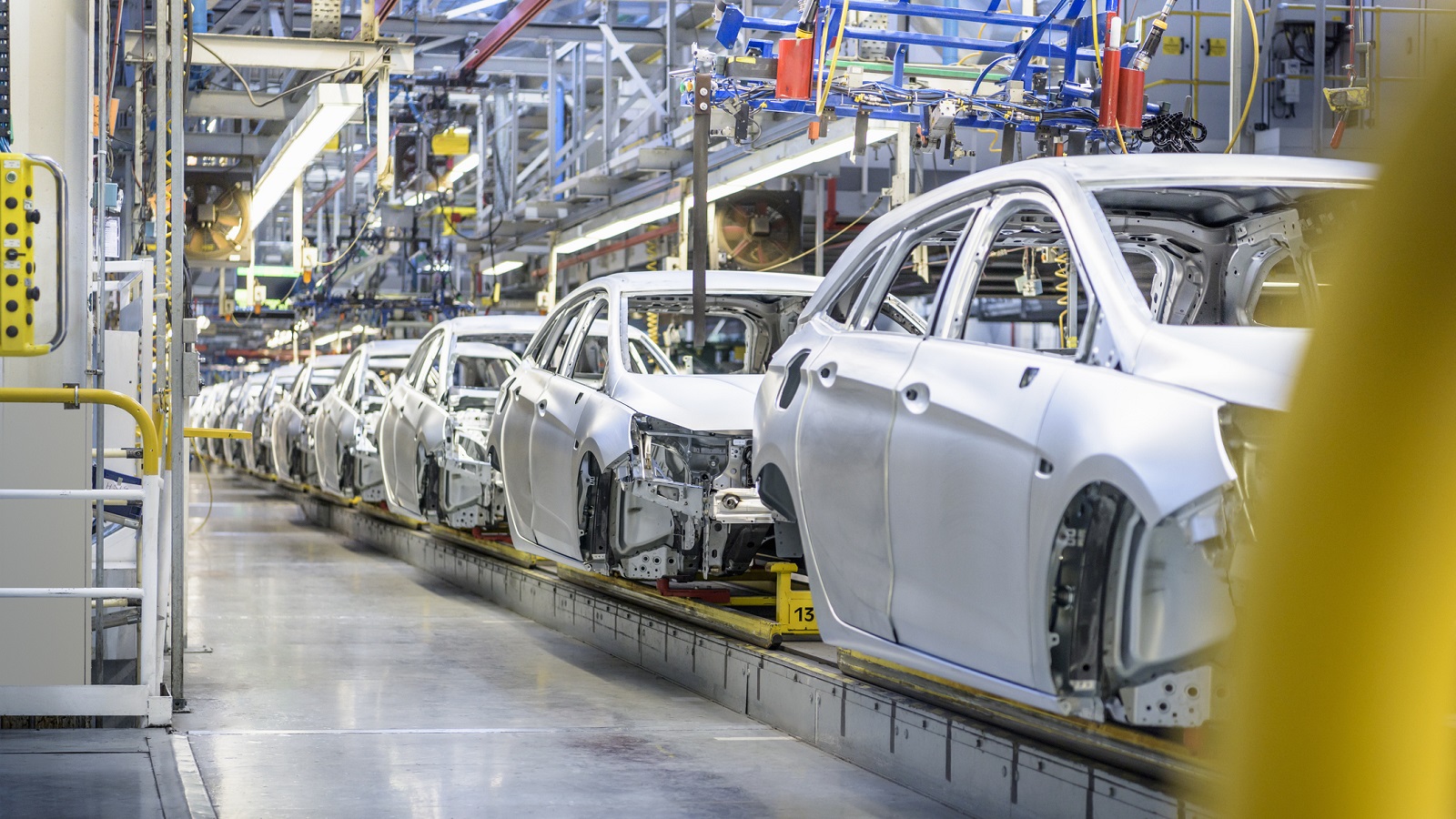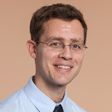The Auto Industry Outlook for 2024
Here's what to expect in the auto industry this year. If you’re in the market for a car it won’t be quite as daunting as it was during the pandemic and after.

To help you understand what is going on in the auto industry and what we expect to happen in the future, our highly experienced Kiplinger Letter team will keep you abreast of the latest developments and forecasts (Get a free issue of The Kiplinger Letter or subscribe). You'll get all the latest news first by subscribing, but we will publish many (but not all) of the forecasts a few days afterward online. Here’s the latest…
If you’re in the market for a car this year it won’t be quite as daunting as it was during the pandemic and its immediate aftermath. Inventories are up and price increases are slowing. Here’s what to expect for the auto industry in 2024:
1. Sales of new cars should hit 15.7 million, up from 2023.
Vehicle availability has steadily improved after years of shortages, so more shoppers should find a ride to suit them. Price increases are slowing down.
Buyers should have more room to haggle. They may even see some sales incentives, which all but disappeared during the COVID-19 era. Deals won’t exactly be juicy. But some price breaks and low-interest, or even zero-interest, financing could be back on the table. A few years ago, asking for such concessions would have been unthinkable.
From just $107.88 $24.99 for Kiplinger Personal Finance
Become a smarter, better informed investor. Subscribe from just $107.88 $24.99, plus get up to 4 Special Issues

Sign up for Kiplinger’s Free Newsletters
Profit and prosper with the best of expert advice on investing, taxes, retirement, personal finance and more - straight to your e-mail.
Profit and prosper with the best of expert advice - straight to your e-mail.
2. Sales of used cars should pick up slightly.
Prices have halted their recent decline. Used autos are about 40% more expensive than comparable ones from before the pandemic, as supplies remain tight.
3. Hybrid vehicles are the hot sellers this year.
Look for their market share to rise from 9% last year to 14%. Most consumers aren’t yet sold on electric cars. Hybrids offer fuel savings at a modest price premium and generally drive like traditional cars.
Note how common hybrids are becoming. Once reserved for economy cars, hybrid tech is now available in just about every class of vehicle, from family sedans, minivans, full-size pickup trucks, and small trucks to every size of sport-utility vehicle. Toyota’s venerable Camry will become hybrid-only, starting with the 2025 model year. Its newly redesigned Prius gets rave reviews and almost 60 miles per gallon. Ford has a hit on its hands with the small but practical Maverick hybrid pickup truck.
4. Sales of EVs will grow, but their momentum is waning.
Look for EV models to account for 9% of total vehicle sales this year, vs. 8% in 2023. Manufacturers are slowing future EV production plans as inventories build up on dealer lots. Dealers recently had 113 days’ worth of supply of EVs at the current sales pace, about double the level for gas-fueled cars. If you’re interested in an electric car, you’ll have more room to negotiate.
Also, note that the federal tax credit for EVs has become more generous. The $7,500 is now available at the time of purchase from the dealer, instead of as a credit filed with your taxes. However, fewer electric cars are eligible for the credit now, because they don’t meet the made-in-America requirements.
While carmakers are pumping the brakes on EVs, they aren’t giving up. 37 new models are coming out this year, with a similar tally due in 2025. Government fuel efficiency rules make this a necessity. And automakers are hoping that car buyers, who are traditionally brand-loyal, will switch to their new EV options.
This forecast first appeared in The Kiplinger Letter, which has been running since 1923 and is a collection of concise weekly forecasts on business and economic trends, as well as what to expect from Washington, to help you understand what’s coming up to make the most of your investments and your money. Subscribe to The Kiplinger Letter.
Related content
Profit and prosper with the best of Kiplinger's advice on investing, taxes, retirement, personal finance and much more. Delivered daily. Enter your email in the box and click Sign Me Up.

David is both staff economist and reporter for The Kiplinger Letter, overseeing Kiplinger forecasts for the U.S. and world economies. Previously, he was senior principal economist in the Center for Forecasting and Modeling at IHS/GlobalInsight, and an economist in the Chief Economist's Office of the U.S. Department of Commerce. David has co-written weekly reports on economic conditions since 1992, and has forecasted GDP and its components since 1995, beating the Blue Chip Indicators forecasts two-thirds of the time. David is a Certified Business Economist as recognized by the National Association for Business Economics. He has two master's degrees and is ABD in economics from the University of North Carolina at Chapel Hill.
-
 Nasdaq Takes a Hit as the Tech Trade Falters: Stock Market Today
Nasdaq Takes a Hit as the Tech Trade Falters: Stock Market TodayThe Dow Jones Industrial Average outperformed on strength in cyclical stocks.
-
 $100 Fee Turning Away Visitors from National Parks
$100 Fee Turning Away Visitors from National ParksDiscover how the new $100 fee will impact your experience visiting 11 of America's most popular parks.
-
 Is Mechanical Breakdown Insurance Better Than an Extended Car Warranty?
Is Mechanical Breakdown Insurance Better Than an Extended Car Warranty?More insurers are starting to offer mechanical breakdown insurance to new car owners. What is it and should you buy it?
-
 The Kiplinger Letter's 10 Forecasts for 2026
The Kiplinger Letter's 10 Forecasts for 2026The Kiplinger Letter Here are some of the biggest events and trends in economics, politics and tech that will shape the new year.
-
 Disney’s Risky Acceptance of AI Videos
Disney’s Risky Acceptance of AI VideosThe Kiplinger Letter Disney will let fans run wild with AI-generated videos of its top characters. The move highlights the uneasy partnership between AI companies and Hollywood.
-
 AI Appliances Aren’t Exciting Buyers…Yet
AI Appliances Aren’t Exciting Buyers…YetThe Kiplinger Letter Artificial intelligence is being embedded into all sorts of appliances. Now sellers need to get customers to care about AI-powered laundry.
-
 What to Expect from the Global Economy in 2026
What to Expect from the Global Economy in 2026The Kiplinger Letter Economic growth across the globe will be highly uneven, with some major economies accelerating while others hit the brakes.
-
 The AI Boom Will Lift IT Spending Next Year
The AI Boom Will Lift IT Spending Next YearThe Kiplinger Letter 2026 will be one of strongest years for the IT industry since the PC boom and early days of the Web in the mid-1990s.
-
 Amid Mounting Uncertainty: Five Forecasts About AI
Amid Mounting Uncertainty: Five Forecasts About AIThe Kiplinger Letter With the risk of overspending on AI data centers hotly debated, here are some forecasts about AI that we can make with some confidence.
-
 Worried About an AI Bubble? Here’s What You Need to Know
Worried About an AI Bubble? Here’s What You Need to KnowThe Kiplinger Letter Though AI is a transformative technology, it’s worth paying attention to the rising economic and financial risks. Here’s some guidance to navigate AI’s future.
-
 Will AI Videos Disrupt Social Media?
Will AI Videos Disrupt Social Media?The Kiplinger Letter With the introduction of OpenAI’s new AI social media app, Sora, the internet is about to be flooded with startling AI-generated videos.

